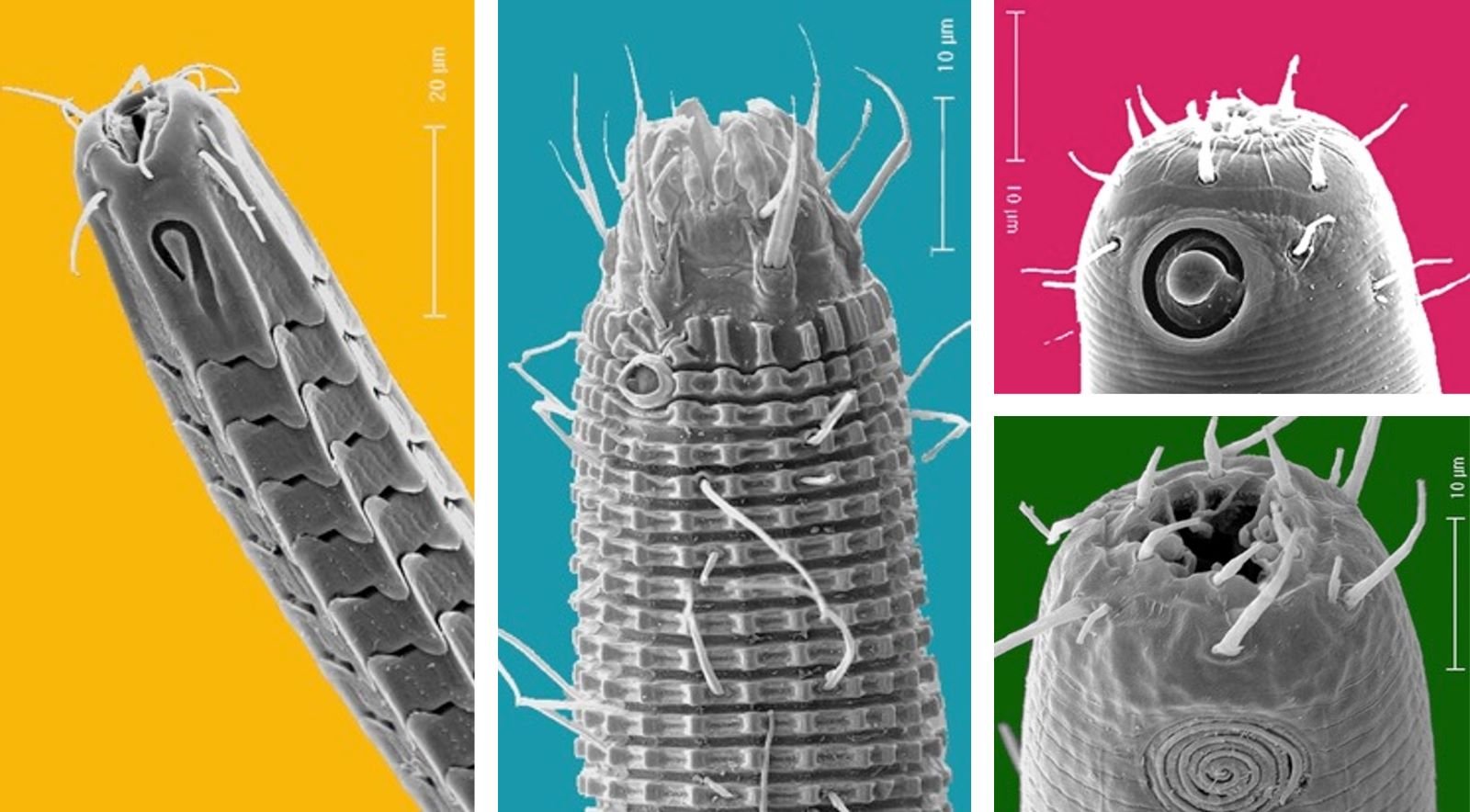Why Antarctic Nematodes?
The team of scientists that I'm here with is generally looking for tiny, squooshy worms. When we get all science-y about it, there are 3 questions that Holly really wants to answer using nematode worms as a study organism:
1) What's down there? No US science vessel has been to this part of Antarctica for 22 years! So while we can guess what the deep sea will mostly be like there, it's one big shrug on the details. We care because missing the details means we're missing information about evolution- we can't see the whole puzzle without all the pieces. And Antarctica has been cut off from the other oceans for millions of years, so looking at evolution there tells us all sorts of stuff we can't learn elsewhere.
2) Does deep-sea or shallow-sea win? Antarctica is the only place on Earth where the deep sea emerges into the shallows, because it's just as cold in the shallows as it is down deep. So does place or ancestry matter more for what lives where? This is especially important to know as climate change scrambles where things can live- it may help us predict how things could go (and then help!).
3) What's going on with the bacteria that live on nematodes' skin? Nematodes all over the world seem to have special relationships with bacteria and are sometimes covered in them. Why? Is that relationship different down here in Antarctica, where everything has been isolated from the rest of the world? We don't really know why this might be important, but there are thousands of nematodes in every handful of mud or sand on Earth, so we'd better figure it out!
- Pics: Nematodes! The one with the black background is covered in bacteria- each of those little dots that look like eggs is an individual bacterium.
Virginia
Questions? I'll answer if you email contact@VirginiaSchutte.com
The diverse body shapes of marine nematodes!
Stilbonematidae nematode with bacterial symbionts - image from Leduc & Sinniger 2017: http://dx.doi.org/10.1163/15685411-00003126

